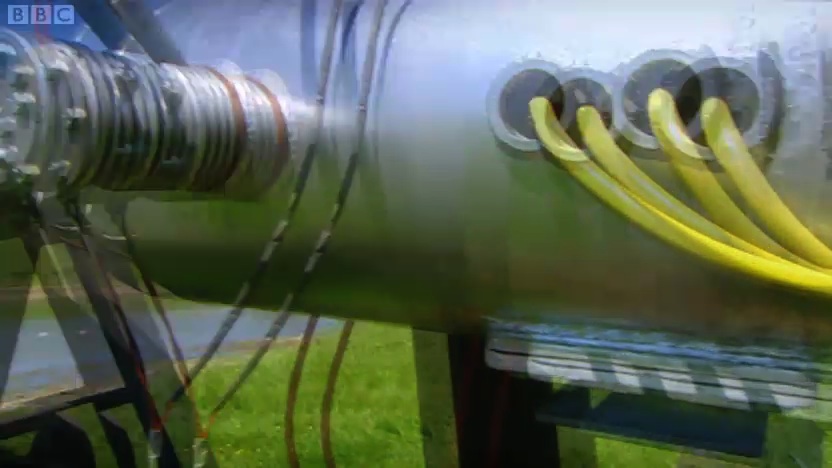Sticking with the automotive theme briefly: I think I know what I’m going to trade my Audi towards. And no, it’s not a Lotus, sorry.
Honda have announced that they’re going to put their CR-Z concept car – or something broadly like it – into production, as early as next year.
A funky little coupé thing, the CR-Z should be:
- light
- fairly nippy
- petrol-sipping
- a giggle to drive
- at least marginally practical, and
- affordable. Though sources vary on what ‘inexpensive’ means, in this context.
So far, so Smart Roadster Coupé, but with any luck the CR-Z won’t ship with the impressive water features of that model (if you owned one, you’ll know to what I’m referring). It’s also not being sold by Mercedes, which is a huge win, and it has rear seats, which is probably a marketing joke but we’ll run with it for the moment. And it’s a hybrid.
[cough] what? A hybrid, you say? Oh, drat.
It’s not that I have much against hybrids per se; I think they make a deal of sense for commuting and local trips. However, I don’t commute, nor do I make many local trips. On the open road, I’d just be hefting around a few hundred kilos of energy-intensive-to-make batteries, the main purpose of which is to increase rolling resistance and take up valuable luggage space.
But hey, we’ll see what set of compromises Honda goes with for the CR-Z. At least in principle, it should be possible to fit a fizzy little petrol engine and back it up with some electric torque to deliver fun performance without the weight and thirst of a big engine and gearbox. Perhaps the hybrid thing will make sense after all.
Or perhaps they’ll decide they have to build an Audi TT-competitor and will saddle the poor thing with a huge engine and a £25,000+ price tag. Personally, I think slow sports cars are the way of the future, but what do I know?
More details at Honda’s official site; lots of pictures around; yes, it does look like they saw spy shots of the back of the Volvo C30, assumed the front looked just as radical, and hence copied something that didn’t exist in the first place. I kinda like it.


